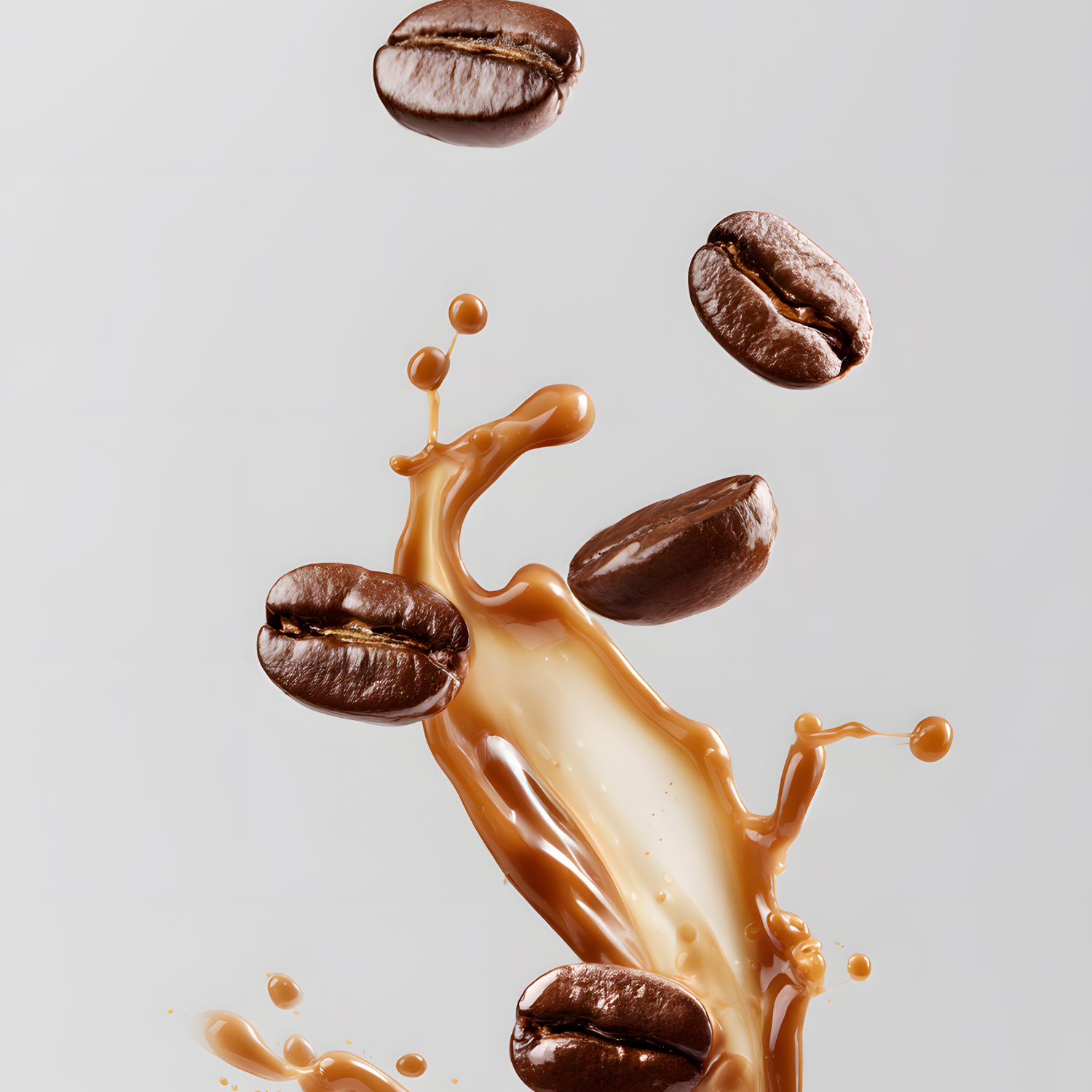Unlock Coffee Flavor Notes: How to Taste the Hidden Layers in Every Cup
Ever read tasting notes like “honeydew, cocoa, or jasmine” and wondered, am I supposed to taste that? You're not alone. The good news? Tasting flavor notes isn’t a superpower, it’s a skill you can build.
At Opaqa, helping you unlock those notes is part of the journey.
What Are Coffee Flavor Notes?
Flavor notes describe the distinct tastes and aromas naturally found in coffee—just like in wine or chocolate. These notes are not added; they’re the result of:
- The coffee's origin (soil, altitude, climate)
- Processing methods (washed, natural, honey)
- The roast level
- Your brewing technique
For example, our Gititu Gold – Kenya AA naturally reveals hints of green apple, peach, and vanilla, no syrups or flavorings required.
 Why You’re Not Tasting the Notes (Yet)
Why You’re Not Tasting the Notes (Yet)
Most people don’t taste distinct notes right away, and that’s okay. The reasons usually include:
- Drinking coffee that’s too hot or too cold
- Using over-roasted, stale, or generic blends
- Rushing the experience
- Lack of practice identifying specific tastes
Want to learn how? We’ll guide you through it.
How to Unlock Flavor Notes Like a Pro
 Here’s a simple tasting ritual you can try at home:
Here’s a simple tasting ritual you can try at home:
-
Use High-Quality, Fresh Beans: Choose single-origin, specialty-grade coffees like those in the Opaqa collection. The more distinct the origin, the more noticeable the flavor profile.
-
Mind the Temperature: Let the coffee cool slightly after brewing. Around 130–150°F is ideal for flavor clarity.
-
Smell Before You Sip: Your nose picks up hundreds of aromatic compounds. Swirl your cup. Breathe in. Look for fruit, nuts, spices, flowers, or chocolate.
-
Sip Slowly, Then Slurp: Yes, slurp. It spreads the coffee evenly across your palate and enhances aroma. Let it sit, then swallow and notice the aftertaste.
-
Name What You Taste: Start simple: fruity, nutty, bright, smooth. Then go deeper: citrus, caramel, stone fruit, baking spice.
Need help? Use our Sensorial Brew Guide to practice identifying flavor families.
Pro Tip: Taste Side-by-Side
Try two coffees at once, ideally different origins or processing styles. You’ll notice contrasts more easily.
Want a simple pairing? Compare a washed Ethiopian to a naturally processed Brazil.
📚 Bonus resource: Check out the Coffee Flavor Wheel by SCA, it’s the industry’s go-to for flavor identification.
Why It Matters
Learning to taste coffee deeply:
- Helps you choose better beans
- Makes every cup more enjoyable
- Connects you to the craft and culture of coffee
- Builds your unique coffee profile (which Opaqa’s app will soon help you track!)
➡️ Join the Sensorial Journey
 Final Sip: Discovery in Every Cup
Final Sip: Discovery in Every Cup
Coffee isn’t just fuel, it’s a flavorful language waiting to be decoded. With the right beans, a little intention, and some guided practice, you’ll start to recognize the sweet, spicy, citrusy world that was in your cup all along.
At Opaqa, we’re here to help you taste more, learn more, and love every sip.


 Why You’re Not Tasting the Notes (Yet)
Why You’re Not Tasting the Notes (Yet) Here’s a simple tasting ritual you can try at home:
Here’s a simple tasting ritual you can try at home: Final Sip: Discovery in Every Cup
Final Sip: Discovery in Every Cup
Share:
How to Brew Café-Quality Coffee at Home (No Barista Required)